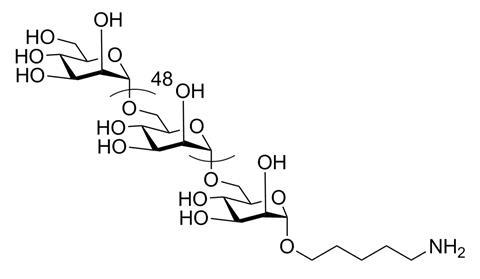Research associated with batteries is gaining increasing attention and extensive efforts in recently decades, partly due to the development of sustainable energy to combat a series of problems including fossil fuel depletion, environmental pollution and global warming. Batteries are indispensable energy storage devices for the utilization of sustainable energy (e.g., solar and wind energy). One of the battery’s cutting-edge research topics is to achieve novel batteries with higher capacity (a figure-of-merit to measure how much electrical energy a battery can store) and better reliability than the lithium-ion batteries that currently dominate the battery market.
In the past decade, batteries based on magnesium ions, termed as magnesium-ion batteries, are emerging. The magnesium-ion batteries possess at least two advantages over lithium-ion batteries. Firstly, their typical anode material, magnesium metal, has a theoretical capacity of 3833 mAh/cm3. This value is much higher than that of graphite, a conventional anode material for lithium-ion batteries. Secondly, the formation of metal dendrite on anode surface can be avoided by replacing lithium metal with magnesium metal. Metal dendrites grow from anodes can eventually touch cathodes, causing electric short circuits and triggering fire and explosion. Therefore, magnesium-ion batteries are safer than lithium-ion batteries. However, nothing can be perfect. The limited mobility of Mg2+ of cathode materials greatly reduces the capacity (particularly at fast charging rates) and practicability of the magnesium-ion batteries.
Now Rong et al. has published an article in Chemical Communications stating that a promising cathode material capable of fast conducting Mg2+ for magnesium-ion batteries has been identified. The material is a molybdenum phosphate compound with a chemical formula of Mo3(PO4)3O. It is composed of several edge-sharing MoO6 octahedra, corner-sharing MoO5 trigonal bipyramids, MoO4 tetrahedra, and PO4 tetrahedra. Using advanced simulation and computation techniques (i.e., the first-principles density functional theory), the authors first proved that Mg2+ can stably reside in some interstitial sites among the aforementioned polyhedra, indicating the identified compound is active for Mg2+ storage. In addition, the authors plotted two possible pathways for Mg2+ diffusion during charge and discharge processes (shown in the Figure). As illustrated in Figure a1, the first one is an inner-channel path along the b-axis. The second one is an inter-channel path along the c-axis.
The most striking feature of the path #1 is its ultra-low activation barrier (i.e., the highest potential energy that a Mg2+ need to overcome when diffusing) of only ~80 meV (Figure a2). Such a low diffusion barrier is expected to allow facile Mg2+ diffusion within the bulk of Mo3(PO4)3O, which can boost the capacity of the magnesium-ion batteries particularly at elevated charging rates. On the contrary, the activation barrier of the path #2 is as high as ~1200 meV. The authors claimed that the Mg2+ diffusion along the path #2 “should be ~1018 times less frequent than” the path #1.

Figure (a1) schematic of the Mg2+ diffusion path #1 and (a2) its corresponding diffusion potential barrier distribution along the way. (b1) Schematic of the Mg2+ diffusion path #2 and (a2) its corresponding diffusion potential barrier distribution along the way.
At last, the authors estimated the theoretical average potential that Mo3(PO4)3O can reach is 1.98 V, corresponding to a promising energy density of 173 Wh/kg. Although the proposed phosphate is hypothetical, the investigation of its stability reveals the possibility that this material can be experimentally synthesized.
To find out more please read:
Fast Mg2+ Diffusion in Mo3(PO4)3O for Mg Batteries
Ziqin Rong, Penghao Xiao, Miao Liu, Wenxuan Huang, Daniel C. Hannah, William Scullin, Kristin A. Persson and Gerbrand Ceder
DOI: 10.1039/c7cc02903a
About the author:
Tianyu Liu is a Ph.D. in chemistry graduated from University of California-Santa Cruz. He is passionate about scientific communication to introduce cutting-edge researches to both the general public and the scientists with diverse research expertise. He is a web writer for the Chem. Commun. and Chem. Sci. blog websites. More information about him can be found at http://liutianyuresearch.weebly.com/.
Comments Off on A Promising Cathode Material for Magnesium-ion Batteries Has Been Identified













 Tianyu Liu is a Ph.D. in chemistry graduated from University of California-Santa Cruz. He is passionate about scientific communication to introduce cutting-edge researches to both the general public and the scientists with diverse research expertise. He is a web writer for the Chem. Commun. and Chem. Sci. blog websites. More information about him can be found at
Tianyu Liu is a Ph.D. in chemistry graduated from University of California-Santa Cruz. He is passionate about scientific communication to introduce cutting-edge researches to both the general public and the scientists with diverse research expertise. He is a web writer for the Chem. Commun. and Chem. Sci. blog websites. More information about him can be found at 


















